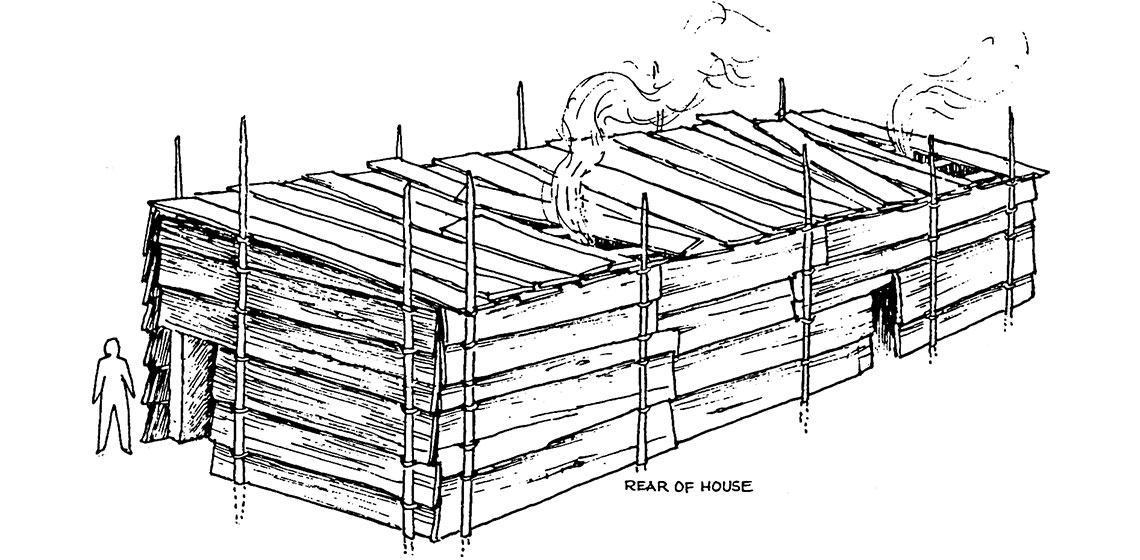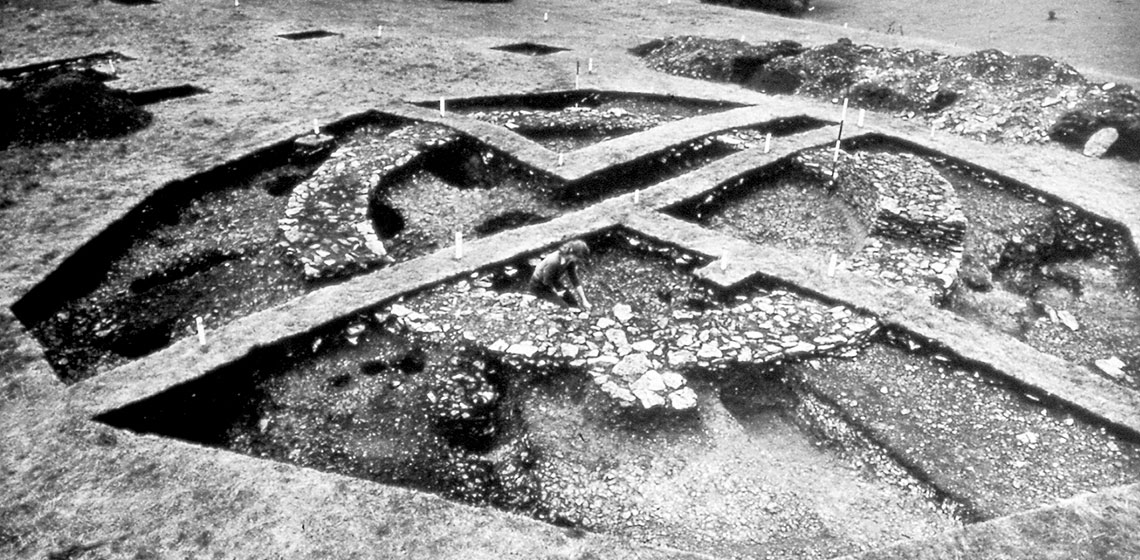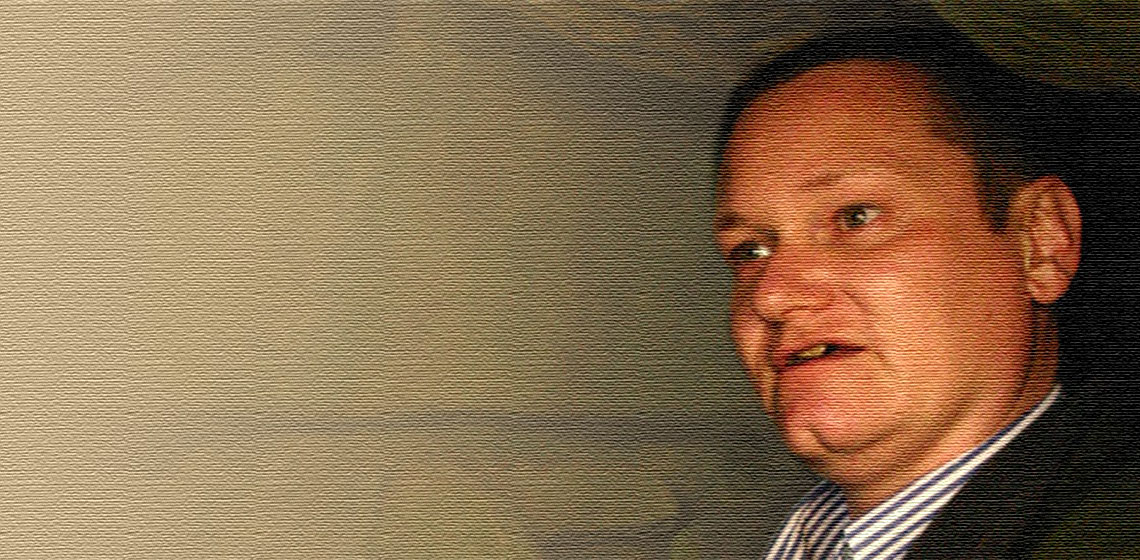Experimental Archaeology
Ancient Wood, Woodworking and Wooden Houses
1987 ESF Proceedings
The 1980s was the beginning of a boom in the construction of archaeologically inspired buildings inside and outside archaeological open-air museums.
***This article introduces a record on the management and use of prehistoric woodland gained from the research of the Somerset Levels...
The Scientific Basis for the Reconstruction of Prehistoric and Protohistoric Houses
1987 ESF Proceedings
The 1980s was the beginning of a boom in the construction of archaeologically inspired buildings inside and outside archaeological open-air museums.
***The purpose of this paper was to explore the scientific basis of building reconstructions. The critical issue was to address the problems of reconstruction in order to specify limits within which the reconstruction is of research/educational value and to a set standards which may act as guidelines.
Publishing Archaeological Experiments: A Quick Guide for the Uninitiated
How to publish Experimental Archaeology?
***As an academic archaeologist engaged in experimental archaeology, I frequently find myself frustrated by three different types of archaeological publication...



